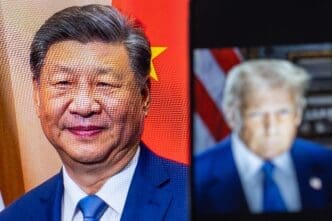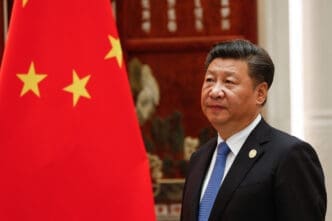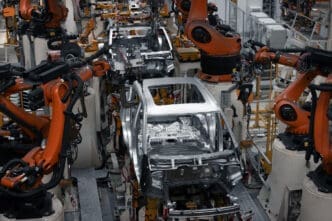President Donald Trump's administration has been advancing tariffs as a strategic tool intended to secure trade concessions from other countries. These import taxes, which the administration describes as leverage, are designed to prompt foreign nations to lower their own tariffs and reduce regulatory and trade obstacles for American companies. Despite these intentions, significant concessions have been elusive, with only the United Kingdom agreeing to any preliminary changes.
The ongoing trade negotiations, which experts predict could extend over several years, have seen limited progress. President Trump emphasized the potential benefits of these tariffs, suggesting they would open foreign markets and bolster domestic competition, thus leading to lower consumer prices. However, the only tangible agreement thus far has been with the U.K., while a partial deal with China simply reversed some of the recent trade restrictions imposed on both sides.
Critics highlight that the U.S. has yet to realize substantial gains from the tariffs. They point to the complex nature of trade talks, which historically require extensive time to finalize, as a reason for the current impasse. Ryan Young from the Competitive Enterprise Institute noted that China has also leveraged its position with rare earth minerals, suggesting that the U.S. is not in a stronger position than when the trade conflict began.
The administration is actively engaged in discussions with 18 other countries, with hopes that these negotiations will eventually yield favorable outcomes. For instance, Vietnam has proposed eliminating tariffs on American goods if the U.S. reciprocates by lifting its recently announced tariffs.
In addition to trade objectives, the tariffs aim to increase federal revenue, fund tax cuts, and encourage U.S.-based manufacturing. However, economists warn that these goals may conflict, as increased domestic production could reduce tariff revenue. Meanwhile, businesses and consumers are bracing for potential price increases as companies plan to offset the cost of tariffs. Despite these concerns, inflation data indicates that significant price hikes have not yet materialized.
The economic environment remains uncertain, with businesses hesitant to make major investments due to fluctuating tariff policies. Surveys reveal that firms are delaying decisions, with many economists predicting a potential economic slowdown and rising unemployment. The high level of import taxes, reminiscent of those during the Great Depression, adds to the uncertainty, creating a challenging backdrop for economic planning and growth.








